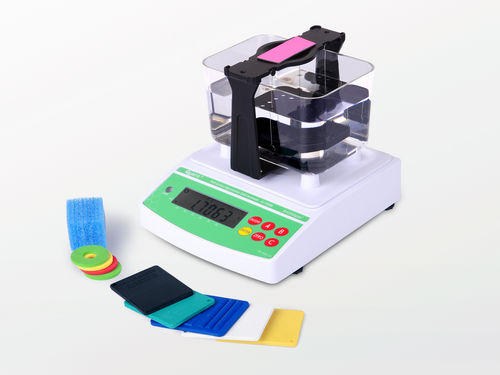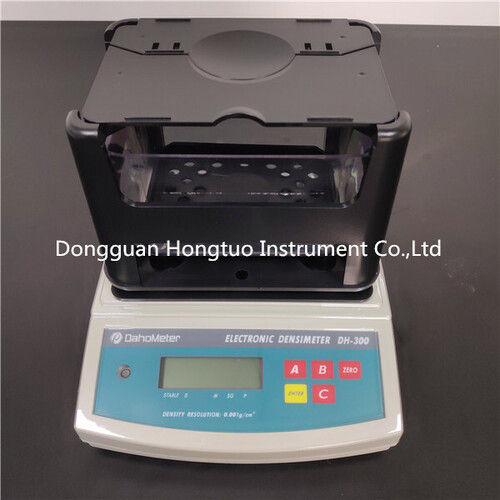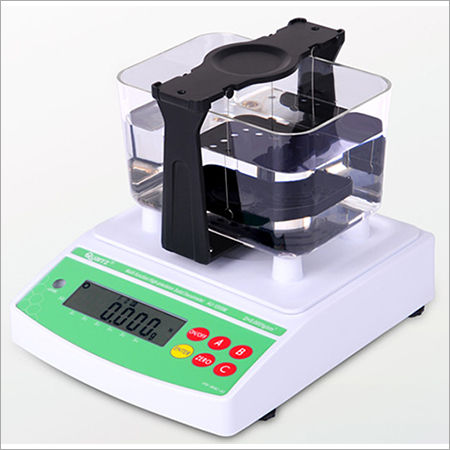
Bulk Density Meter
Product Details:
- Color White
- Usage Industrial
- Power Supply Electric
- Material MS
- Voltage 220-240 Volt (v)
- Operate Method Automatic
- Machine Weight 4.5 Kilograms (kg)
- Click to view more
Bulk Density Meter Price And Quantity
- 1 Set
- 399.00 - 1299.00 USD ($)
Bulk Density Meter Product Specifications
- 4.5 Kilograms (kg)
- Industrial
- White
- Electric
- MS
- Automatic
- 220-240 Volt (v)
Bulk Density Meter Trade Information
- 300 Set Per Month
- 7 Days
- All India
Product Description
Bulk Density Meter
Application: Rubber,plastic,tire,shoe materials,wire and cable,electrical apparatus,packing materials,sports goods,sports equipment,glass,hard alloy,metal,powder metallurgy,magnetic materials,fireproof materials, mineral and stone,new laboratory.,etc.
Standards: In accordance with ASTM D792,ASTM D297,GB/T1033,GB/T2951,GB/T3850,GB/T533,HG4-1
468,JIS K6268,ISO 2781,ISO 1183,GB/T9867, DIN-53516,ISO-4649,GB/T168,GB/T1689.,etc.
These series instrument is the dramatic updating and upgrading products.Compared with other competing products,it has been made much progress on reliability;Eliminated the problem:machine crash,key failure,suspension wire bend,the easy touch between nacelle and container,fragile slot;Improved measurement resolution,simplified operation procedure,and upgraded application function for software.which makes these machine very popular among lots of customers.
Measuring Type:
(1)All kinds of alloy materials,hard alloy,precious metal materials,motor vehicle parts,aerospace pace parts,metal seal parts,powder metallurgy,ceramic,magnetic materials.
(2)All kinds of rubber,plastic,plates,sheets,tubing,wire,bar,seal ring,silica gel,high-molecular polymer.
(3)All kinds of granule of rubber,plastic,PP,PE,PVC,PC;nylon resin,engineering plastic,general purpose plastic,reinforced plastic.
(4)All kinds of shoe sole materials,ball products,helmet,EPO materials,EVA materials,PU materials,elastomer.
(5)All kinds of thin film;film of PET,PE,PS,PVC,graphite.
(6)All kinds of viscous,colloid,glass glue,protective glue,curing adhesive,body skin creme,cosmetic,toothpaste.
(7)All kinds of rock,gem,diamond,jade,emerald,fossil,shell,cultural relic.
(8)All kinds of metal powder,rubber powder,plastic powder,cement powder,and additive.
(9)All kinds of crop,potato,corn,unhusked rice.
Features:
(1)Solid samples with any shape can be measured.such as granule,thin film,floating,foaming,powder.,etc.
(2)No cap design,more better easy operation.
(3)Excellent weight precision.
(4)Function of 10 group data storage.automatic measuring value of average,maximum,and minimum.
(5)Measuring volume,percentage of volume.
(6)Either density is less than one or more than one can be measured.
(7)Function of automatic zero tracking,buzzer warning,and overload warning.
(8)Function of actual water temperature compensation.would adapt to the changing testing environment
(9)Either water or other liquid could be as medium.
(10)Adopt completed injection moulding high capacity transparent PC sink.(length15.3cmXwidth10.7cmXheight9.3cm)
(11)Adopt completed injection moulding windproof dustproof cover;Convenient configuration;Better durability.
(12)Density of liquid can be measured by choosing liquid measurement accessories.
(13)Including RS-232 interface;It's convenient to connect PC and printer;AU-40 could be available to print result.
(14)Gross weight/size:4.5kg/length42.5cm x width17.5cm x height32.5cm
(15)Power supply:European standard AC100V-240V;50HZ/60HZ
Measurement resolution:
(1)The density resolution for AU-300S,AU-600S,AU-900S,AU-1200S:0.001g/cm3
(2)The density resolution for AU-120S,AU-200S:0.0001g/cm3
Measuring Procedure:
(1)Place sample on testing board to measure weight in air;press ENTER key to memory.
(2)Place the sample into water;density value will be displayed(No need to press ENTER key)
FAQs:
Q: What is a density meter?
A: A density meter, also known as a densitometer or specific gravity meter, is a scientific instrument used to measure the density of a substance. Density is the mass of a substance per unit volume and is commonly expressed in grams per cubic centimeter (g/cm3) or kilograms per cubic meter (kg/m3).
Q: What are the applications of a density meter?
A: Density meters have diverse applications across various industries. They are commonly used in fields such as chemistry, physics, materials science, petroleum, pharmaceuticals, food and beverage, and environmental testing. Density measurements are important for quality control, process optimization, product characterization, and research and development.
Q3: How does a density meter work?
A: Density meters employ various principles to measure density, depending on the type of meter. Common techniques include oscillation, buoyancy, refractometry, and sound velocity measurement. These methods involve determining the mass and volume of a substance and calculating the density using the obtained values.
Q: What are the advantages of using a density meter?
A: Density meters offer several advantages. They provide accurate and precise density measurements, enabling quality control and process optimization. They are non-destructive, allowing for repeated measurements on the same sample. Density meters are also versatile and can measure the density of liquids, solids, gases, and even slurries or multiphase materials.
Q: Are there different types of density meters?
A: Yes, there are different types of density meters available, each suitable for specific applications. Common types include digital density meters, oscillation-type density meters, pycnometers, and hydrometers. The choice of meter depends on factors such as the sample type, required accuracy, measurement range, and specific industry requirements.






